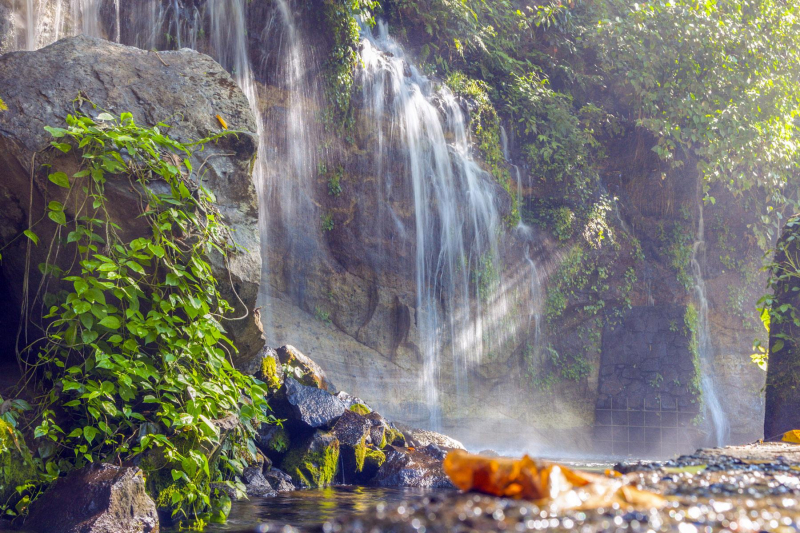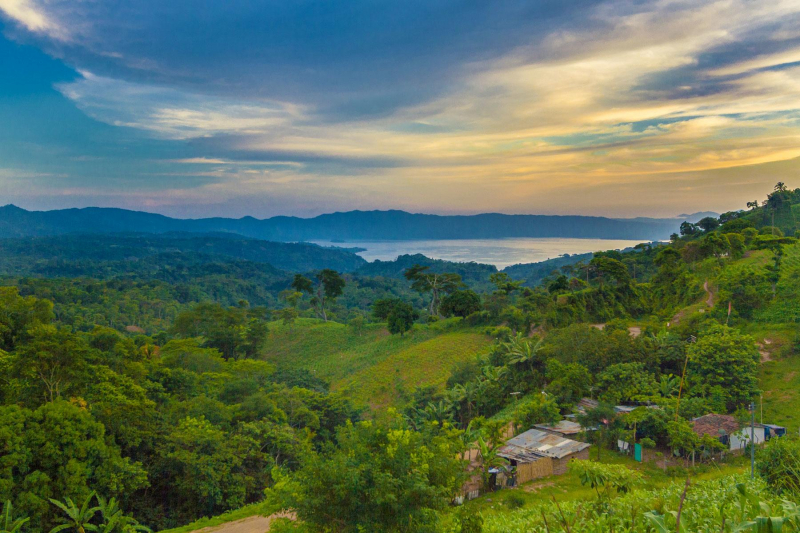El Salvador’s nature is of an outstanding beauty

El Salvador has 25 volcanoes, 23 of which are active; 300 kilometers of Pacific Ocean beaches; and 10 lakes, 6 of which are inside volcanic calderas. The majority of El Salvador's volcanoes can be hiked all the way to the crater. The Cerro Verde complex is one of the country's largest national parks and is the gateway to three volcanoes: Cerro Verde, Santa Ana, and Izalco. It is also known as the "Lighthouse of the Pacific" due to its frequent eruptions from the 17th century until the late 1950s. Izalco last erupted in 1966, and it is currently dormant. Every day at 11 a.m., a guided hike up to the crater is organized. The hike is quite steep and can last anywhere from 3 to 6 hours, depending on each person's physical strength.
Coatepeque, El Salvador's largest lake, is located at the base of the Volcano Complex. Coatepeque was formed on the crater of a dormant volcano and has a beautiful shade of intense blue that sometimes changes to aqua. Beautiful beaches with small coves can be found in the country's south, volcanic black sand in the west, and great nightlife, surf, and fishing in the east. Because tourism in El Salvador is still developing, you will be able to enjoy many of these beaches to yourself and take boat rides through the mangrove canals with local fishermen communities.
El Salvador's beaches are the preferred nesting location for four of the seven sea turtle species, which is why there are numerous conservation projects in the area. When the turtle babies hatch in the winter, you can witness the magic of releasing them into the ocean. According to Salvadorans, when releasing a baby turtle into the ocean, you must do so with an open heart and a lot of positive energy to help it succeed and reach adulthood.











